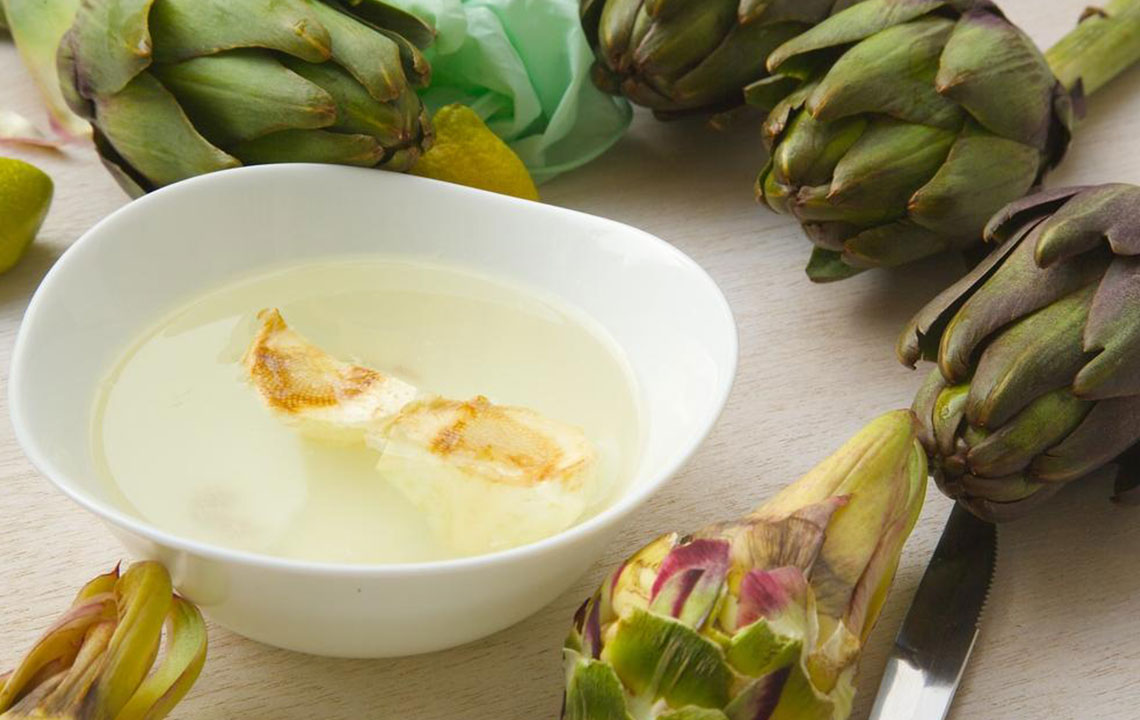Different Alternatives to Reduce Your Cholesterol Level

Statins are the first type of medication prescribed to bring high LDL cholesterol within normal limits. However, they can have varied side-effects, and even be ineffective, in case your cholesterol problem stems from a genetic disorder.
Read on to know about the different alternatives to statins that can help treat high cholesterol.
Medication
Below are a few alternatives to statins that your healthcare provider might recommend.
Bile acid sequestrants
Sequestrants bind themselves to bile acid in the intestines and get flushed out of the body via the stool. The liver starts absorbing more cholesterol if it senses a drop-in bile acid content. This entire cycle ends in effective reduction of LDL (bad) cholesterol.
Bile-acid-binding medicines include colestipol, cholestyramine, and colesevelam.
Ezetimibe
The second most recommended form of treatment – ezetimibe, is an inhibitor medicine that has a two-pronged approach to lowering your cholesterol. It first blocks proteins that facilitate the absorption of cholesterol in the small intestine, decreasing the cholesterol levels reaching the bloodstream.
Second, the inhibitors work to reduce the amount of cholesterol available to the liver. This forces the liver to make up for the loss, by absorbing cholesterol from the bloodstream. Together, these effects can successfully lower your cholesterol levels.
Vitamin B3 (Niacin)
Vitamin B3 or niacin is a promoter of good cholesterol (HDL) in the body. It also attacks adipose tissue, ridding it off high triglyceride stores. It does this by inhibiting the synthesis of triglycerides and the secretion of LDL particulates. Although niacin is not as effective as bile acid sequestrants or ezetimibe, doctors recommend Vitamin B3 to regulate blood cholesterol levels and save you from the side-effects of statins.
Fibrates
Very low-density lipoproteins (VLDL) are carriers of triglycerides and cholesterol. Fibrates, which are derivatives of fibric acid, drive the liver to reduce its production of VLDL. Simultaneously, they also speed up the process of triglyceride removal from the blood circulation. Clofibrate, gemfibrozil, and fenofibrate are examples of fibrate medicines.
Omega-3
Research shows that polyunsaturated fatty acids or Omega-3 fatty acids make good cholesterol (HDL) in the body. They help keep your triglyceride levels in check and are effective in reducing bad cholesterol levels. Although Omega-3s are available from food sources like fish and flaxseed, there are supplements that you should use for effectual treatment of cholesterol.
The medicine options discussed above can have potentially had side-effects and interactions with other medications. A proper consultation with your doctor is needed before you can begin alternative treatment.
Dietary Changes
High cholesterol levels are mostly a result of dietary habits. Increase your intake of naturally low-intensity saturated fat, and minimize your intake of unhealthy processed oils. The myth around saturated fat being bad for cholesterol has been disproved time and again. But remember to opt for clean, natural sources of fat, and cut your intake of processed food and sugar.
Foods that need to be included in your dietary changes include:
- Spinach
All green vegetables contain a yellow pigment lutein, still, spinach carries the highest amount. Lutein helps the arteries repel cholesterol particulates that can lead to artery clogging and cause a stroke or heart attack. - Avocado
This fruit contains beta-sitosterol, which is a plant-based fat that attacks cholesterol molecules and decreases their rate of absorption from food. - Chocolate
Dark or bitter chocolate compounds are power-packed with antioxidants, these keep blood platelets from getting attached to each other and clogging the arteries. Ensure you eat dark chocolate (ideally above 70%). - Olive Oil
Olive oil should be used for cooking purposes as it contains more plant fat that prevents cholesterol to be absorbed into the bloodstream. This can be a great alternative to statins. - Beans
Beans are a rich source of monounsaturated fatty acids, as well as loaded with gut-healthy fiber. Fiber causes a decrease in the rate of absorption of bad cholesterol. - Tea
Research has unearthed many benefits surrounding tea. Tea has a number of antioxidant properties. It works to not only help beat cancerous cells but also helps reduce lipid concentration in the blood. - Garlic
Similar to lutein, garlic carries molecules that thwart the formation of plaque, by holding back cholesterol from sticking to the walls of your arteries. - Red Wine
If you’re drinking alcohol, opt for red wine. Red wine is rich in antioxidants and resveratrol, which protect your body from additional damage. - Oats
Oats are another cholesterol-lowering food, containing beta-glucan, which can absorb LDL cholesterol.
Exercise
Physical exertion is key to keeping cholesterol numbers within the healthy range. Cardiologists recommend starting with low intensity exercises such as brisk walking or gardening and slowly build up towards a more rigorous workout routine. For example:
- Running, jogging
- Hiking
- Swimming
- Bicycling
- Sports like tennis or soccer
If possible, you can also start weight training that will lead to muscle build up. This helps in burning more calories and improving your body’s metabolism and they can work as an alternative to statins.
Now that you know about the various alternatives to statins, go on, work that bad cholesterol out of your system, and lead a healthier life.


